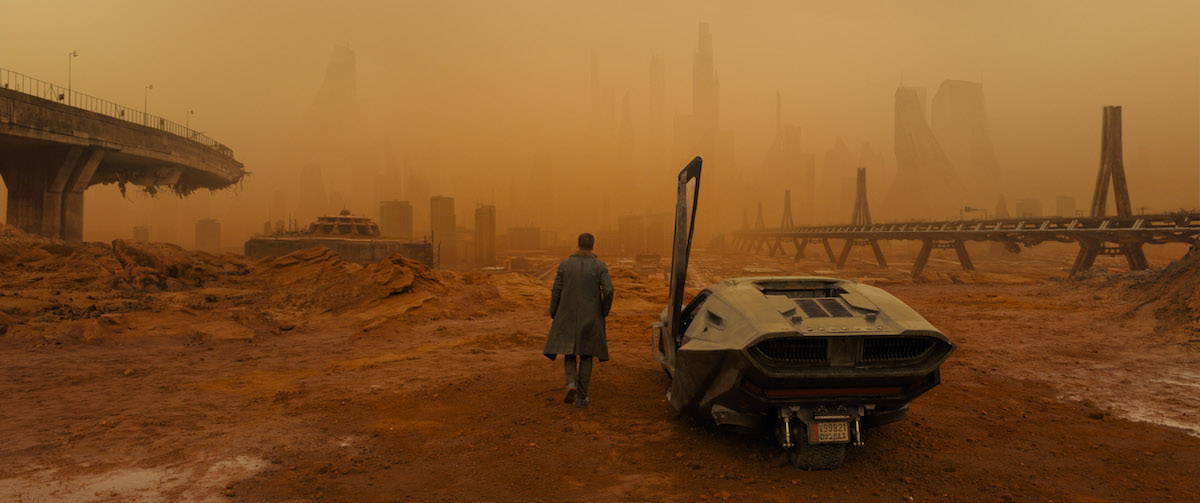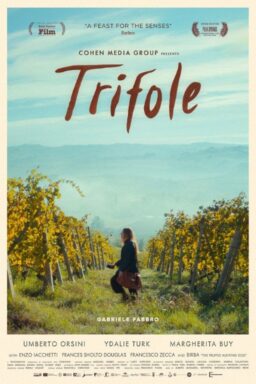At this point, it’s safe to say that Roger Deakins can shoot anything and it would look remarkable. The cinematographer has become something of living legend in the industry. Filmmakers and cinephiles revel at his body of work and his presence behind the camera is only bolstered by his prolific work ethic. Deakins started his career lensing several documentary shorts from the late 1970s through the mid-1980s before going on to photograph feature length films. By the time Deakins earned his first Academy Award nomination for 1994’s “The Shawshank Redemption,” he already had the following feature credits under his belt: “1984,” “Sid and Nancy,” “Barton Fink” and “The Secret Garden.” Flash-forward to present day and it’s to no one’s surprise that he’s been nominated for the Best Cinematography Oscar an impressive 13 times. The only surprising thing about that stat is that he’s still yet to win an Oscar.
Of course, an artist’s body of work shouldn’t be assessed by their awards trophy-count but in the case of Deakins’ filmography, it’s a bit outrageous that the Academy hasn’t honored his amazing images with a statuette. Both the American Society of Cinematographers (A.S.C.) and the National Board of Review have already given Roger Deakins their respective Lifetime Achievement Awards but this past weekend saw the release of Deakins’ latest film “Blade Runner 2049“—and there’s an electric buzz in the air that his work in this film will not only earn him his 14th Oscar nomination but it could very well win him his long overdue Academy Award.
In anticipation of this, I created the ironically titled video essay “Roger Deakins: 0 for 13” which gives a chronological look at the 13 films he’s been nominated for so far. There are some common threads in the imagery—the trance-like use of silhouettes, the ominous dread of rural landscapes, etc.—but what my montage shows more than anything is Deakins’ ability to elevate the images to emote a transcendent feeling. There’s something lyrical and elegiac about his work. For instance, the train robbery sequence from 2007’s “The Assassination of Jesse James by the Coward Robert Ford” is one of the most gorgeous things ever put on film. Does it function like a heist sequence we’re prone to seeing? No. It works on a different level. It transports us to a feeling of that particular time. It articulates the themes and ideas of what Jesse James’ mythos was into a visual language.
Deakins’ cinematography isn’t just about capturing stunning images. It’s about exploring why the movies affect us the way they do. He reminds us that the image is the universal language that we can all be connected through, and if we’re fortunate, moved by. Whether or not he will ever win an Oscar becomes a moot point. His artistry and legacy is too massive to fit on any mantle anyways.
RogerEbert.com VIDEO ESSAY: Roger Deakins: 0 for 13 from Nelson Carvajal on Vimeo.











